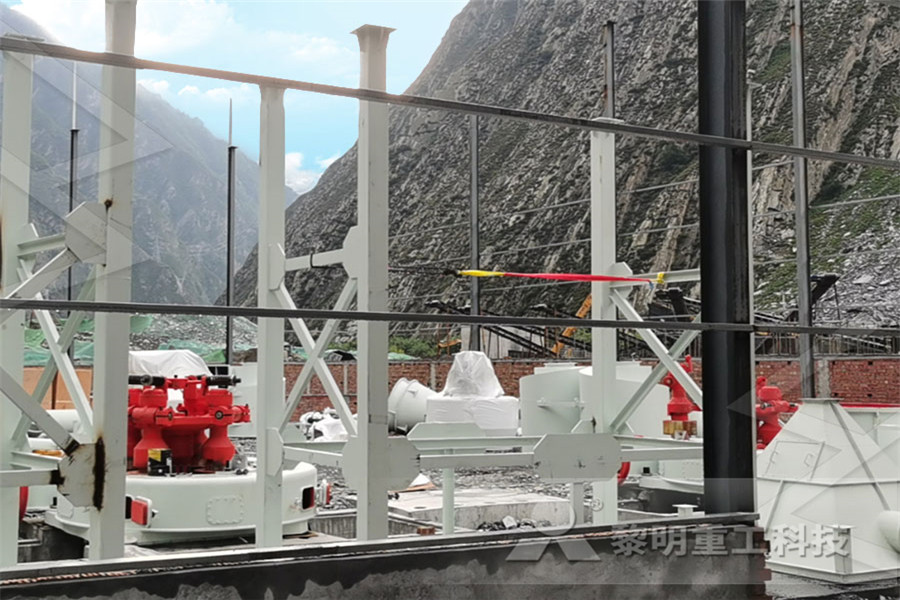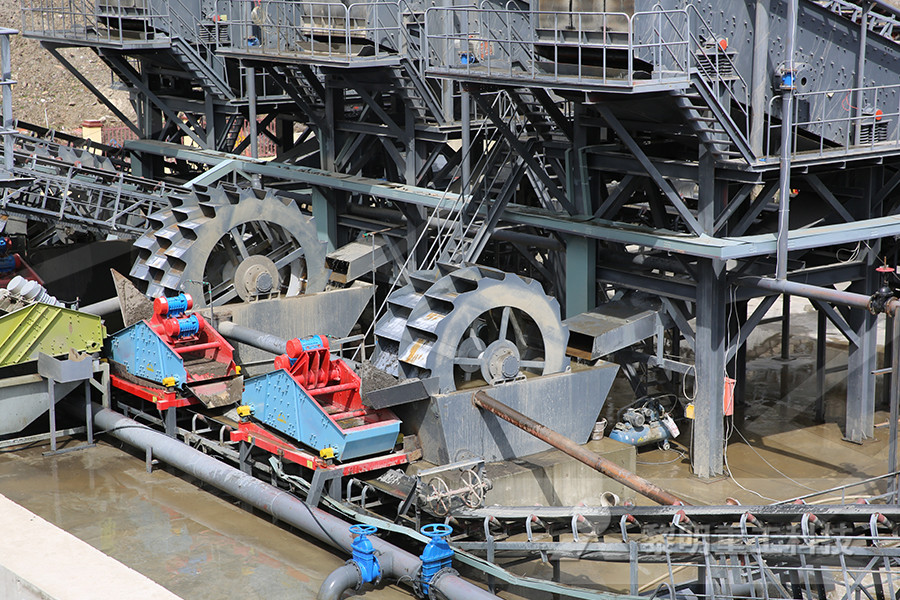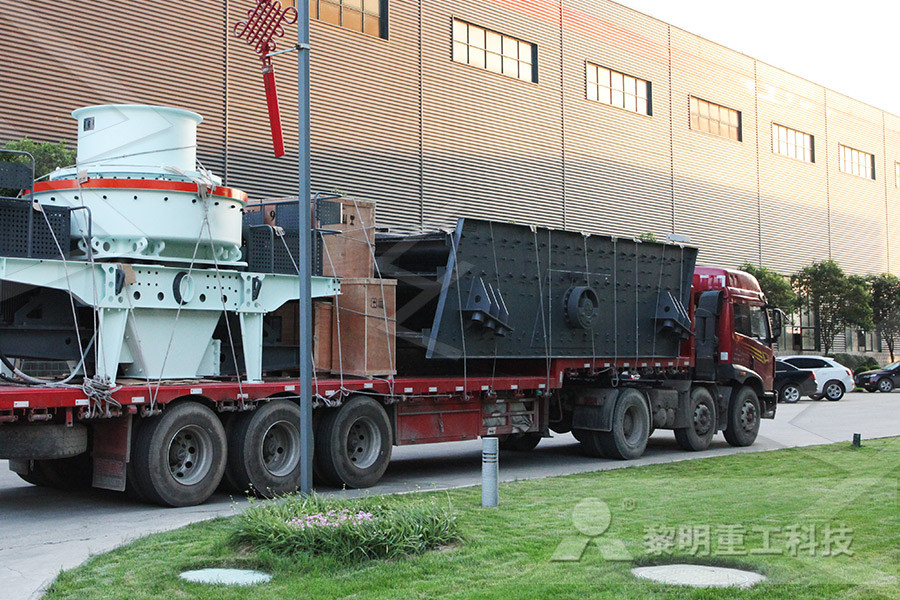
grinding media to ore ratio kronemalsit
what is grinding media to ore material ratio sale media grinding media in the ore crushing process Grindingin Ball Mills: Modeling and Process Control Cybernetics is charged with the startingmaterial(ore, rock, etc) and thegrinding ratio"length to diameter" and thisratiomost frequently varies from 05 to 35 The There are three types ofgrinding mediathat are commonly used in ball mills As grinding time increases, d 80 decreases up to 15 min of grinding at ball to ore ratio of 10 while it increases for further grinding times When ball to ore ratio is 40, d 80 was systematically increased from 1976 to 9445 μm Heat treatment eliminates the structural effects of intensive grinding and sharply decreases the dissolution rateEffects of intensive grinding on the dissolution of ratio through a cascade loop For example if the ratio is specified as 2, and Cyclone 2 particle size is 30 %+ 300 µm, the control loop will attempt to add water to Cyclone 1 sump to achieve a particle size of 15%+ 300 µm If the hardness of the ore increases, the particle size in the mill discharge from ball mill 1 will increase With theGrinding control strategy on the conventional milling

Medium Characteristics on Selective Grinding of Low
Selective grinding of bauxite with ratio of Al2O3/SiO2(A/S) 44 at ball mill were studied in order to investigate the effect of grinding media characteristics on selective grinding of bauxite Results show that when diameter of ball media is Φ15mm, selective grinding effect is best and at this moment A/S of the product at 05+028mm granularity is up to 75Small grinding media has a larger grinding surface area generally chosen to help make smaller ore smaller In some cases, we find ourselves adjusting the ball size by the millimeter to approach optimization Our knowledge and control of the ball’s design and manufacturing allows the flexibility to make such changesSino Grinding Grinding Media 81 Grinding 811 Grinding action Industrial grinding machines used in the mineral processing industries are mostly of the tumbling mill type These mills exist in a variety of types rod, ball, pebble autogenous and semiautogenous The grinding action is induced by relative motion between the particles of media the rods, balls or pebbles TECHNICAL NOTES 8 GRINDING R P King

Crushing Vs Grinding Minerallurgy
The grinding media can be metallic or ceramic, balls, cylindrical pebbles, bars, pebbles, as well as lumps of the same material are used as grinding media For crushing no grinding media is required, the ore size is reduced by external forces applied by the crusher Dry crushing but wet grinding Grinding media is the main component in the technological process of grinding materials for cement production, electric power, glass, silicate products, at the The Choice Of Grinding Media energosteelGrinding is exclusively performed through nipping method where media can be ball or rod Size of Size of the media is a relevant factor of ore characteristics and output qualit y(PDF) Comminution in mineral processing

THE EFFECT OF BALL MILL OPERATING PARAMETERS ON
grinding circuit so that the energy required to process a given ton of ore is optimal Furthermore, overgrinding an ore and the subsequent production of fines can reduce the efficiency of later stages in the circuit such as flotation In order to study the behavior of grinding circuits, several attempts have been made to describe power As grinding time increases, d 80 decreases up to 15 min of grinding at ball to ore ratio of 10 while it increases for further grinding times When ball to ore ratio is 40, d 80 was systematically increased from 1976 to 9445 μm Heat treatment eliminates the structural effects of intensive grinding and sharply decreases the dissolution rateEffects of intensive grinding on the dissolution of Small grinding media has a larger grinding surface area generally chosen to help make smaller ore smaller In some cases, we find ourselves adjusting the ball size by the millimeter to approach optimization Our knowledge and control of the ball’s design Sino Grinding Grinding Media

(PDF) Comminution in mineral processing
Grinding is exclusively performed through nipping method where media can be ball or rod Size of Size of the media is a relevant factor of ore characteristics and output qualit y ratio through a cascade loop For example if the ratio is specified as 2, and Cyclone 2 particle size is 30 %+ 300 µm, the control loop will attempt to add water to Cyclone 1 sump to achieve a particle size of 15%+ 300 µm If the hardness of the ore increases, the particle size in the mill discharge from ball mill 1 will increase With theGrinding control strategy on the conventional milling Grinding media is the main component in the technological process of grinding materials for cement production, electric power, glass, silicate products, at the extraction of the concentrate for the production of metals It should be noted, the price The Choice Of Grinding Media energosteel

TECHNICAL NOTES 8 GRINDING R P King
81 Grinding 811 Grinding action Industrial grinding machines used in the mineral processing industries are mostly of the tumbling mill type These mills exist in a variety of types rod, ball, pebble autogenous and semiautogenous The grinding action is induced by relative motion between the particles of media the rods, balls or pebbles Selective grinding of bauxite with ratio of Al2O3/SiO2(A/S) 44 at ball mill were studied in order to investigate the effect of grinding media characteristics on selective grinding of bauxite Results show that when diameter of ball media is Φ15mm, selective grinding effect is best and at this moment A/S of the product at 05+028mm granularity is up to 75Medium Characteristics on Selective Grinding of Low GRINDING MEDIA OSCILLATION: EFFECT ON TORSIONAL VIBRATIONS IN TUMBLE MILLS A Thesis are hollow cylinders of large diameters used to grind the iron ore, minerals and rock The grinding media to be ground is mixed with iron balls or rods and fed into the mill revolving with axis horizontal and diameter to length ratio 15 to 25 Figure 1 GRINDING MEDIA OSCILLATION: EFFECT ON

Introduction to Mineral Processing Sepro Labs
The primary differences between these mills are in the ratio of diameter to the length of the cylinder and the type of grinding media employed Grinding media can be steel rods, steel balls, hard pebbles or the ore itself Autogenous and SemiAutogenous Mills Autogenous (AG) and SemiAutogenous (SAG) milling has seen increased use in recent years,Many variables influence the size reduction performance in a mill, including the media size, shape quality, the properties of the incoming ore feed, the ratio of feed to media and the speed of the mill Since grinding media performance is critical to mineral processing operations, it’s important to partner with a quality supplier such as SGISino Grinding Mineral Processing As grinding time increases, d 80 decreases up to 15 min of grinding at ball to ore ratio of 10 while it increases for further grinding times When ball to ore ratio is 40, d 80 was systematically increased from 1976 to 9445 μm Heat treatment eliminates the structural effects of intensive grinding and sharply decreases the dissolution rateEffects of intensive grinding on the dissolution of

GRINDING MEDIA OSCILLATION: EFFECT ON
GRINDING MEDIA OSCILLATION: EFFECT ON TORSIONAL VIBRATIONS IN TUMBLE MILLS A Thesis are hollow cylinders of large diameters used to grind the iron ore, minerals and rock The grinding media to be ground is mixed with iron balls or rods and fed into the mill revolving with axis horizontal and diameter to length ratio 15 to 25 Figure 1 Selective grinding of bauxite with ratio of Al2O3/SiO2(A/S) 44 at ball mill were studied in order to investigate the effect of grinding media characteristics on selective grinding of bauxite Results show that when diameter of ball media is Φ15mm, selective grinding effect is best and at this moment A/S of the product at 05+028mm granularity is up to 75Medium Characteristics on Selective Grinding of Low Many variables influence the size reduction performance in a mill, including the media size, shape quality, the properties of the incoming ore feed, the ratio of feed to media and the speed of the mill Since grinding media performance is critical to mineral processing operations, it’s important to partner with a quality supplier such as SGISino Grinding Mineral Processing

Optimization of mill performance by using
grinding media wear rates, throughput, power draw, and product grind size from the circuit a mill grindout (no ore feed) of 10 to 20 minutes is also performed before mill inspection or relining The complete grindout is required to obtain the accurate ball load Ratio β /β staticMedia charge angle Grinding media is the main component in the technological process of grinding materials for cement production, electric power, glass, silicate products, at the extraction of the concentrate for the production of metals It should be noted, the price The Choice Of Grinding Media energosteelGrinding is exclusively performed through nipping method where media can be ball or rod Size of Size of the media is a relevant factor of ore characteristics and output qualit y(PDF) Comminution in mineral processing

MINERAL PROCESSING LABORATORY MANUAL
reduction ratio and Verification of Rittinger’s law of Crushing 1315 6 Crushing of Ore in a roll crusher, and Determination of average size by sieving 1618 7 To determine the reduction ratio, theoretical capacity, and actual capacity of a roll crusher 1921 8 To study the effect of grinding with grinding time in Ball mill 2225 9 grinding media filling, lifter height and iron ore particle The maximum percent of the impact force between 600 and 1400 N is at 70–80% of critical speed The impact force can be only above 1400 N at the grinding media filling of 20%, and the maximum percent of impact force between 200 and 1400 N is obtained at the grinding media filling of 20%Impact Load Behavior between Different Charge and Strip Ratio The ratio of waste material to ore or coal moved in a defined period Stope An underground void formed by the mining of ore, as distinct from development Surface Mine Refer to open cut mine T Trim Blast A blast designed to reduce damage and backbreak to the rock left behindBlasting Principles Orica